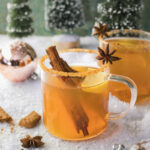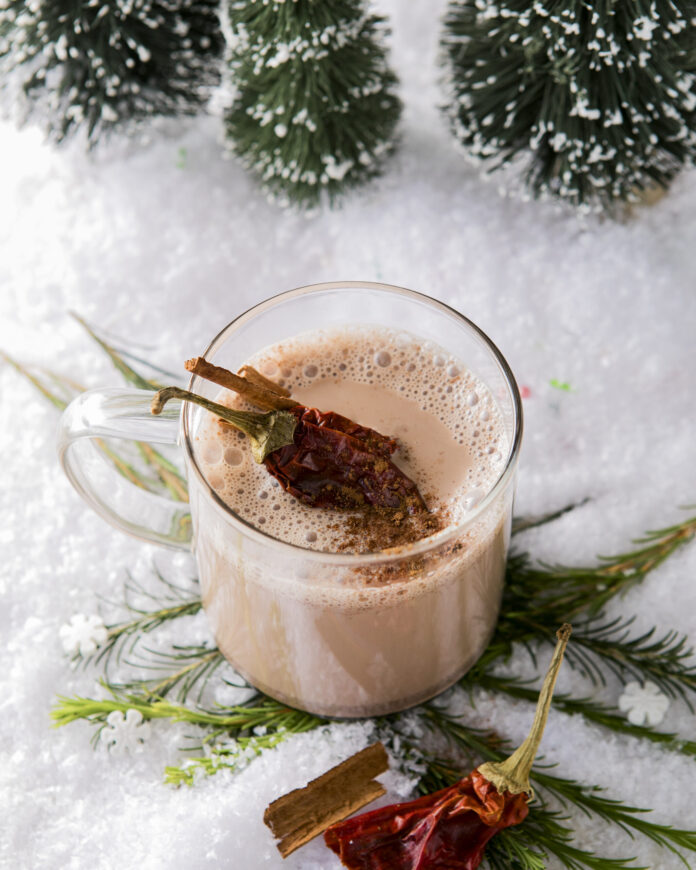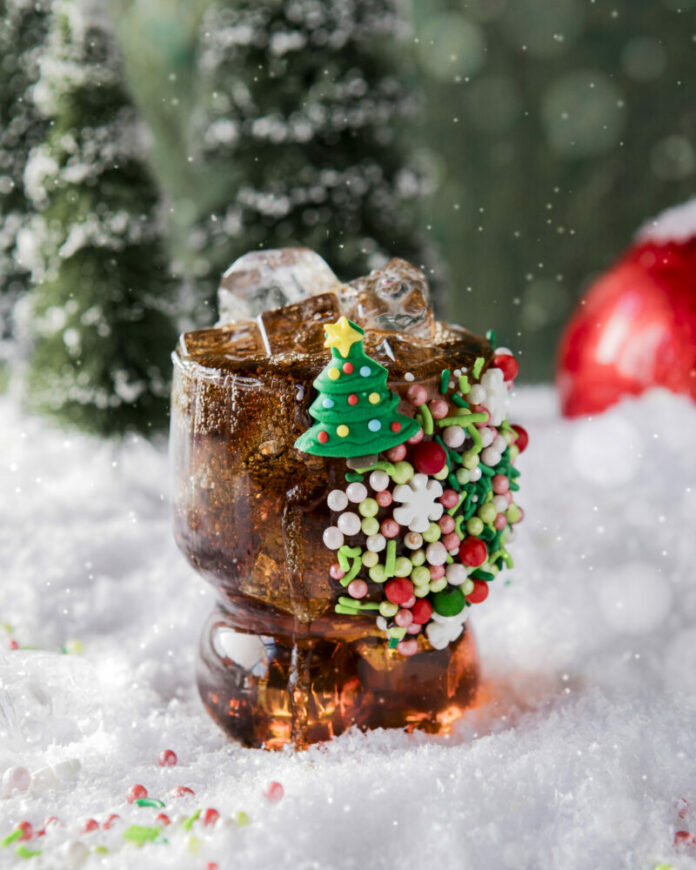As the first snowflakes begin to come down and the city lights up with red and green, December in Pittsburgh kicks into gear with an endless stream of holiday events. Swinging jazz nights, jaw-dropping musical theater, cheerful brunches with Santa, and festive community concerts make sure joy, warmth, and holiday spirit is around every corner. So, gather your friends for an evening out, plan a family‑friendly day trip, or head to an intimate date night that fills your December with magic.
Pittsburgh Holiday Events in December
December 4-21, O’Reilly Theater
You’ve seen the movie, now see Ralphie and the rest of the Parker family right on the stage. You’ll follow all the fun and laughs that come from Ralphie’s dream of getting a Red Ryder BB Gun for Christmas. It’s the perfect performance for the whole family.
December 5-28, Benedum Center
It wouldn’t be the holiday season without a trip to see The Nutcracker. This classic ballet follows the story of a young girl who receives a Nutcracker doll as a present, allowing her to travel to winter wonderlands in her dreams. The Nutcracker saves her from the evil Mouse King and escorts her back home just in time for the holidays.
December 6, Courtyard by Marriott Pittsburgh University Center
Enjoy a festive morning with a visit from Santa and a breakfast buffet complete with a hot cocoa bar. Kids can enjoy crafts, stories, a gift bag, and make their own reindeer food. Plus, everyone can hop on the free shuttle to the Schenley Ice Rink at the end of the morning to continue the fun.
December 7, Fairmont Pittsburgh
A holiday buffet, cheerful décor, and warm, indoor fun await all families at the Fairmont. Each child gets a photo with Santa, supplies for cookie decorating, Christmas crafts, and a gift box of house-made cookies to take home. Guests can savor breakfast favorites along with hot chocolate, coffee, tea, and a cash bar.
December 8, Sixth Presbyterian Church
Get together to show off your LGBTQIA+ pride in the season where it matters most. Join Queens Crys Matthews, Heather Mae, and Flamy Grant as they share their holiday favorites as well as original songs. It’s your way to have a home away from home this year.
December 8, Benedum Center
This special show supports Band Together Pittsburgh, helping fund its inclusive music programs for individuals on the autism spectrum. Take in the festive attitude as more than 25 of Pittsburgh’s musicians perform Christmas tunes and beyond on the Benedum stage.
December 12, Attack Theatre Studios
In partnership with Trace Brewing, this all-ages dance performance puts a new spin on the holidays. Set to an eclectic mix of music like jazz and techno, these dancers make you feel like a kid again with their imagination. Think socks as skates, empty packages as boom boxes, and much more.
December 12-21, Heinz Hall
Another one of our favorite Pittsburgh traditions is back. The Pittsburgh Symphony Orchestra, the Mendelssohn Choir of Pittsburgh, and various special guests fill Heinz Hall with all your favorite sing-along holiday songs. Don’t forget your photo with the brilliant tree lighting up the lobby, too.
December 13-23, Byham Theater
This Pittsburgh CLO production follows the journey of grump Ebenezer Scrooge, guided by the ghosts of Christmas Past, Present, and Yet to Come. There’s nothing quite like seeing this story in a theater setting with outstanding special effects and a joyous group of actors.
December 16, Heinz Hall
Experience the bold, bright sounds of a full brass ensemble that brings both classic favorites and surprising new arrangements to life. Who wouldn’t enjoy an evening of soaring melodies and joyful childhood rhythms? This concert is a must for those who love the sound of horns in Christmas songs.
December 19, Pittsburgh Playhouse
There’s no way to have a frown on your face in the presence of a big‑band jazz ensemble. Pittsburgh Jazz Orchestra re-imagines traditional tunes with the influence of jazz-masters. Whether you’re a longtime jazz fan or just looking for some live music, the evening offers uplifting energy and top‑tier musicianship.
Story by Kylie Thomas
Photo Courtesy of Pittsburgh Symphony Orchestra
Subscribe to TABLE Magazine’s print edition.


















